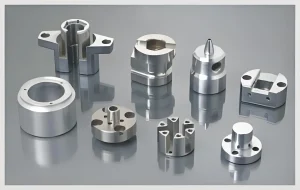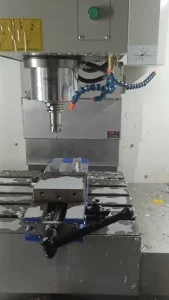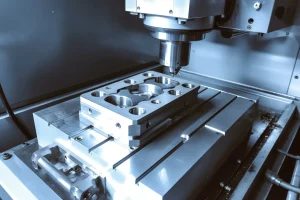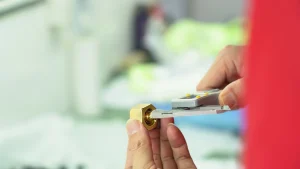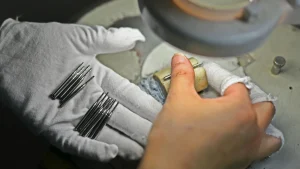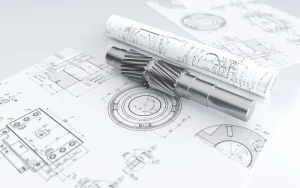Sheet metal processing continues to evolve as technology advances. This process is essential across various industries, including automotive, aerospace, construction, and electronics. With new techniques and innovations emerging, the future of sheet metal fabrication looks promising. In this article, we’ll explore the key trends shaping the development of sheet metal processing.
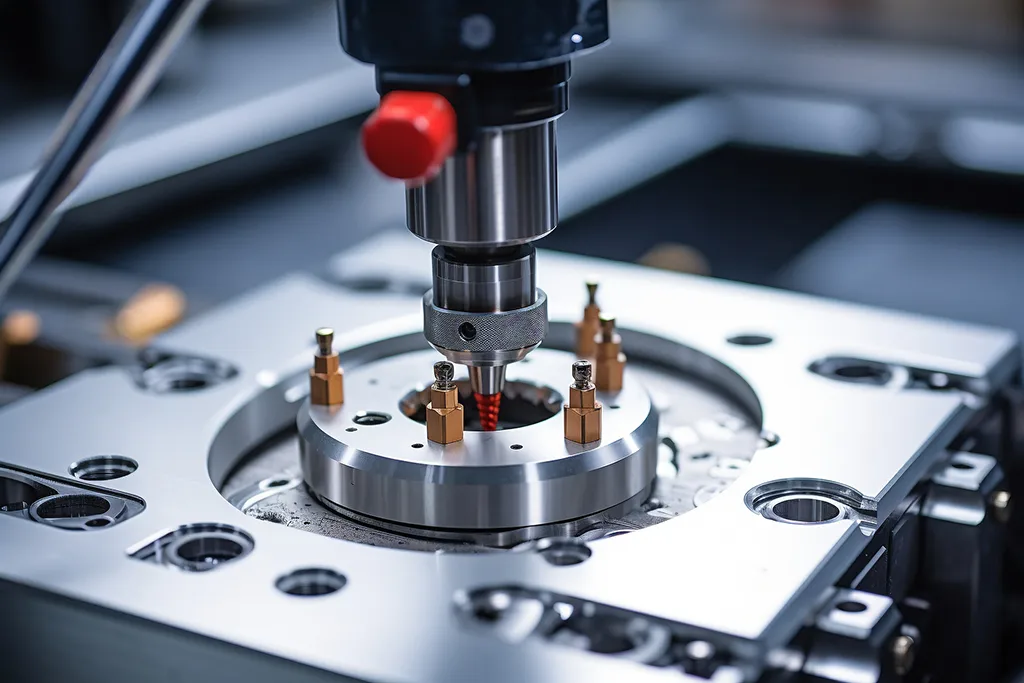
Automation and Robotics
One of the most significant trends in sheet metal processing is the increased use of automation and robotics. Manufacturers are integrating automated systems to improve efficiency and reduce labor costs. Robots now handle tasks such as cutting, bending, and welding with greater speed and precision than human workers.
Automated systems also enhance production accuracy. With robotics, fabricators can consistently produce high-quality parts with minimal errors. This level of precision is crucial, especially for industries like aerospace and electronics that require tight tolerances.
Moreover, automation reduces downtime and increases productivity. Machines can run continuously with little human intervention, speeding up production times. As automation becomes more widespread, we can expect sheet metal processing processes to become even more efficient.
Advancements in CNC Technology
CNC (Computer Numerical Control) technology has revolutionized sheet metal processing. With CNC machines, fabricators can cut, bend, and punch metal with extreme precision. This technology enables manufacturers to produce complex designs quickly and accurately.
Recent advancements in CNC technology are making the process even more sophisticated. For example, newer CNC machines now offer multi-axis capabilities. This allows for the fabrication of intricate parts with complex geometries. Additionally, CNC machines are becoming more user-friendly, enabling operators to program and monitor machines more efficiently.
These advancements have broadened the scope of what is possible with sheet metal processing. More industries are adopting CNC technology to create custom parts that meet specific design requirements.
Use of Advanced Materials
Another trend shaping the future of sheet metal processing is the use of advanced materials. Traditionally, materials like steel, aluminum, and copper have been the primary metals used in fabrication. However, the demand for lighter, stronger, and more corrosion-resistant materials is growing.
Manufacturers are now experimenting with alloys and composite metals. These advanced materials offer better performance in harsh environments and extreme temperatures. For instance, titanium and magnesium alloys are becoming more common in industries like aerospace and automotive. These metals are lightweight but maintain excellent strength and durability.
As industries push for more efficient and sustainable solutions, the use of advanced materials in sheet metal processing will continue to expand.
Integration of 3D Printing
3D printing is making its way into the sheet metal processing industry. While traditionally used for plastics, recent innovations now allow manufacturers to 3D print metal parts. This technology offers several advantages, including faster prototyping and the ability to create complex designs that would be difficult to fabricate using traditional methods.
By integrating 3D printing with sheet metal processing, manufacturers can produce prototypes and custom parts more quickly. This reduces lead times and allows for rapid testing and refinement of designs. As 3D printing technology advances, it is expected to play a larger role in the future of sheet metal processing.
Sustainability and Eco-Friendly Practices
Sustainability is becoming a priority in the manufacturing industry, and sheet metal processing is no exception. More companies are adopting eco-friendly practices to reduce waste and lower their carbon footprint. The use of recyclable metals like aluminum and steel is one way the industry is addressing sustainability concerns.
In addition, modern fabrication techniques such as laser cutting and CNC machining reduce material waste. These methods use precise measurements to cut metal, minimizing scrap and conserving resources. As environmental regulations tighten, we can expect more manufacturers to implement sustainable practices in their fabrication processes.
Digital Transformation
The digital transformation of sheet metal processing is another trend shaping the industry. Many manufacturers are adopting digital technologies to streamline operations and improve efficiency. Software solutions like CAD (Computer-Aided Design) and CAM (Computer-Aided Manufacturing) are now essential tools in the fabrication process.
By using digital tools, fabricators can create highly accurate designs and simulate production before physically making parts. This reduces the risk of errors and allows for better quality control. Moreover, digital tools enable manufacturers to manage production in real-time, ensuring that deadlines are met.
As more companies invest in digital solutions, the sheet metal processing industry will become increasingly data-driven, improving overall performance and productivity.
Conclusion
In conclusion, sheet metal processing is undergoing significant changes as new technologies and trends emerge. Automation, CNC advancements, the use of advanced materials, and 3D printing are all contributing to the evolution of the industry. Additionally, sustainability and digital transformation are reshaping how manufacturers approach sheet metal fabrication. As these trends continue to develop, the future of sheet metal processing will become even more efficient, precise, and environmentally friendly.

